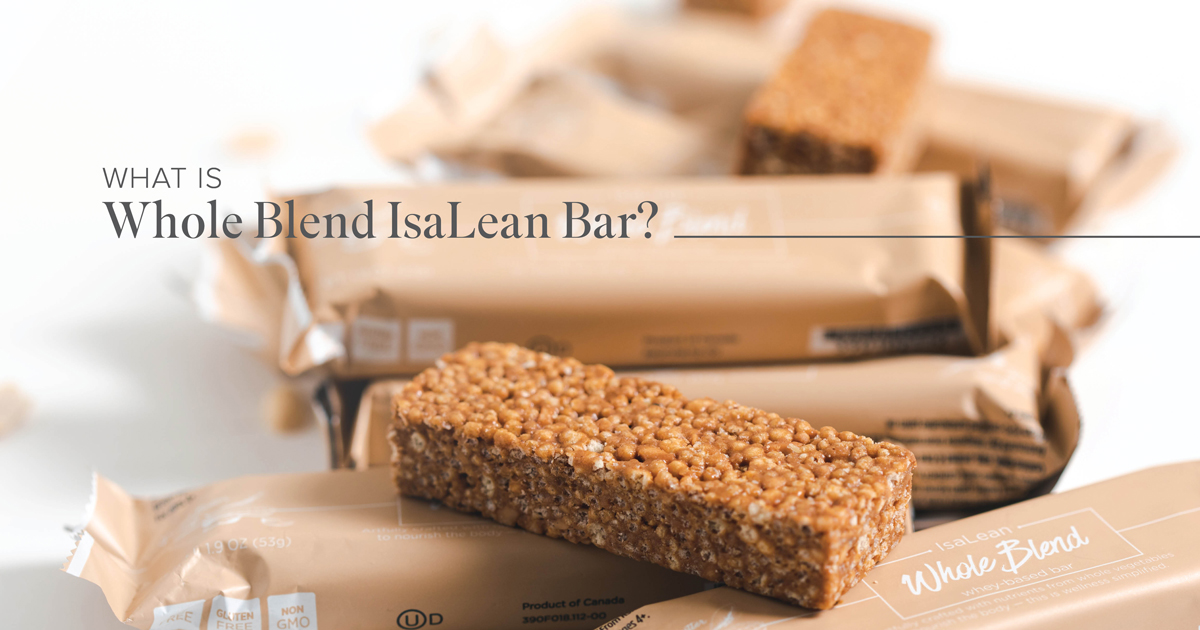
Usually the way these tricks are played out is by focusing on single ingredients suggesting they may be harmful in some way, often by presenting them in a manner out of context with how they are consumed.
As a company growing around the world, Isagenix is no stranger to these types of negative campaigns. But rarely are the statements made by these other companies accurate or truthful. The goal is simply to misinform and mislead a target audience to encourage them to buy their own products.
Some ingredient names can sound pretty strange regardless of whether they are wholesome or not. That makes them easy targets for fear-mongering campaigns. But ingredients shouldn’t be judged simply by the complexity or length of their names.
After all, ‘whole foods’ themselves can come across as alarmingly unrecognisable when broken down into their chemical constituents. James Kennedy, a high-school chemistry teacher from Melbourne, Australia, whose work was recently highlighted in The New York Times, came up with a clever way of illustrating the reality.
He broke down common fruits including bananas and blueberries, and even eggs to chemicals and presented them in ingredient deck panels as if they were manufactured or processed foods. These ingredient panels listed out names including phenylalanine, fructose, benzoic acid, glutamic acid, aspartic acid, and more.
Several of these on their own or in combination with others are helpful, according to nutrition and food scientists, in making a food more appealing and nutritious depending on how they’re used in a product.
Fructose is an example of an ingredient regularly misjudged and a target for scare-mongering campaigns, said nutritionist Michael Colgan, Ph.D., an Isagenix Scientific Advisory Board (SAB) member.
But by comparison, a large apple of the Belle de Boskoop variety – “the kind that are great for apple pies” – contains up to 26 grams of sugar mainly from fructose and few people would think of them as unhealthy, Dr. Colgan reminds.
The fact is that fructose used in normal amounts can be useful in foods such as nutritional shakes because studies show it can support glycemic control long-term while being sweeter, allowing for less use of sugar and carbohydrate calories overall.
Another ingredient is cyanocobalamin used to fortify foods with vitamin B12, but often defamed by companies for its inclusion of minor and toxicologically insignificant traces of cyanide. “As soon as someone hears that ‘cyano’ refers to ‘cyanide’ there’s no going back,” said Wayne Bidlack, Ph.D., a professor at California State Polytechnic University and SAB member.
But Dr. Bidlack explains that the amounts are miniscule and can’t compare to what people receive normally in their diets in the form of cyanoglycosides found in foods eaten daily, including apples and several kinds of vegetables.
The truth about cyanocobalamin is it’s well studied and has never been found to present any toxicity – only benefits to the circulatory system, as well as brain and nervous system – even high amounts in long-term studies. In manufactured foods, it’s also the most stable form of vitamin B12 allowing for longer shelf life.
Likewise, sugar alcohols including maltitol normally found in fruits and vegetables are often questioned and a target for negative campaigns. A lot of the problem has to do with the supposition that it’s some kind of ‘alcohol’, usually associated with harmful consequences.
However, sugar alcohols provide a safe and effective way to add sweetness while contributing fewer calories, lowering glycemic index, and lowering amounts of total sugars in manufactured foods.
One more is food-grade carrageenan, a product of seaweed also known as Irish moss used in minor amounts in only a few Isagenix products. The ingredient is often used in other manufactured foods like cream and milk shakes to add thickness without introducing additional carbohydrates, fats, or their calories.
Carrageenan has come under considerable question because of its potential to cause gut irritation in certain individuals with irritable bowel syndrome if ingested in regular or large amounts. However, for the majority of individuals it has presented no safety concerns. Unfortunately, the scare-mongering campaigns would have customers fear for their health from any consumption of a food containing the ingredient.
Never fear – when receiving advertisements from companies, informed consumers should know there is more than meets the eye. Finding the science can help with seeing through the scare tactics.





